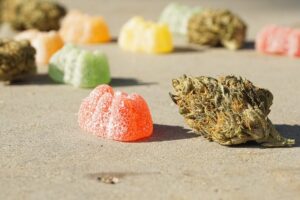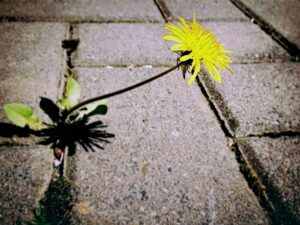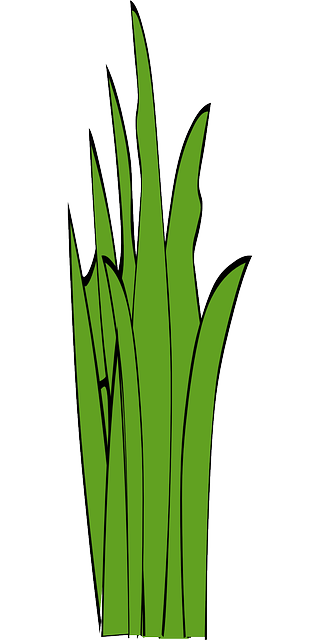
Cannabidiolic Acid (CBDa) and Tetrahydrocannabinolic Acid (THCA), both prevalent cannabinoids in the cannabis plant, are gaining attention for their therapeutic potential. THCA, a non-psychoactive precursor to THC found in 'THCA flower,' offers distinct benefits and is subject to transformation into THC through decarboxylation when heated. With the growing interest in the health applications of these compounds, it's crucial to understand how to safely use THCA flower. Dosage guidelines are essential for beginners and those with specific health considerations; a common starting point is 1-3mg, which can be increased cautiously after assessing individual effects. Factors like body chemistry, prior cannabinoid experience, and the strain's potency influence the ideal dosage. For personalized guidance and to ensure safe and effective use, particularly when combining with other treatments or medications, it is advisable to consult healthcare professionals. Remember that THCA flower dosage guidelines are tailored to individual needs and should be followed closely for optimal results.
Discover the intricacies of THCA flower, a naturally occurring form of cannabis that has garnered attention for its potential therapeutic properties. This article delves into the essence of THCA, exploring its origins, distinctions from THC, and the myriad benefits it may offer. As we navigate through the legal landscape and accessibility challenges associated with THCA flower, understanding dosage guidelines becomes paramount for a safe and efficacious experience. We’ll decipher the nuances of potency, tailor consumption methods to individual needs, and provide practical guidance for both seasoned users and newcomers. Join us on this journey to unravel the potential of THCA flower and its role in the cannabinoid conversation.
Understanding THCA Flower: A Comprehensive Overview
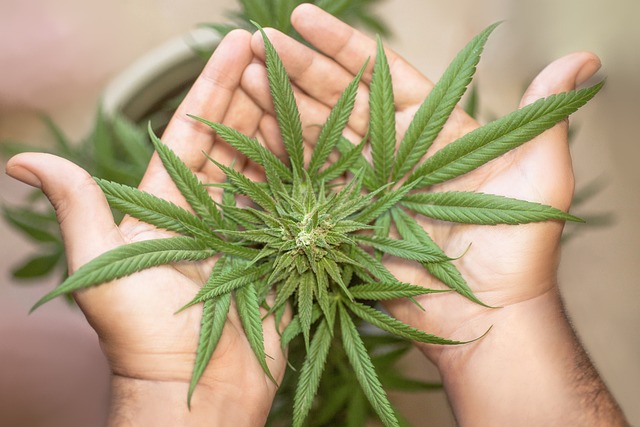
Cannabidiolic acid (CBDa) and tetrahydrocannabinolic acid (THCA) are two prominent cannabinoids found in the cannabis plant, with THCA being the precursor to THC, the psychoactive component. THCA flower, which is rich in THCA and contains only trace amounts of THC, offers a unique experience that is distinct from both raw cannabis and its psychoactive counterpart. As interest in the therapeutic potential of cannabinoids grows, understanding THCA flower and its effects becomes increasingly important.
THCA flower has garnered attention for its potential wellness benefits, which may include pain relief, anti-inflammatory properties, and anxiety reduction without the intoxicating effects associated with THC. Dosage guidelines for THCA flower are crucial for optimizing its effects. Typically, dosing starts low and gradually increases based on individual tolerance and desired outcomes. It is recommended to begin with a small amount, approximately 1-3mg of THCA, and observe the effects over several hours before considering an increase. Factors such as body chemistry, cannabinoid experience, and the specific strain’s potency can influence the appropriate dosage. Users should approach THCA flower with caution and consider consulting with a healthcare professional, especially if they are new to cannabis or have underlying health conditions.
1. What is THCA?
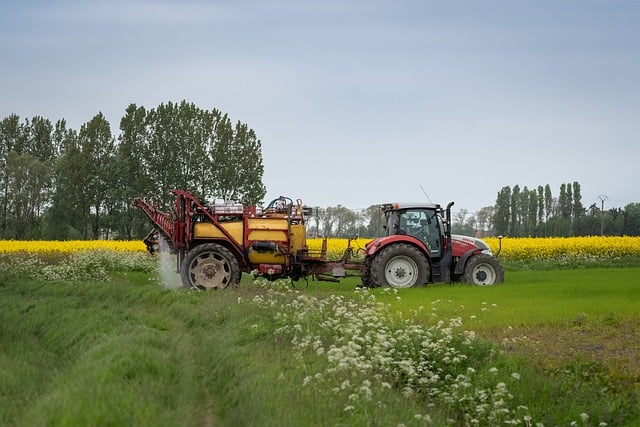
Tetrahydrocannabinolic acid (THCA) is the non-psychoactive precursor to THC, one of the most well-known compounds found in the Cannabis sativa plant. THCA is present in raw cannabis flowers and undergoes decarboxylation—a chemical transformation that occurs when heated—to become THC, the intoxicating form that users commonly associate with cannabis. Despite its inactive state, THCA has garnered attention for its potential therapeutic properties, which include anti-inflammatory, anti-nausea, anti-emetic, and analgesic effects. Research continues to explore these benefits, offering insights into the use of THCA flower as a natural remedy.
When considering the use of THCA flower, it’s crucial to adhere to dosage guidelines to ensure safety and efficacy. Dosage can vary widely based on individual factors such as body weight, tolerance, and the specific condition being treated. As a starting point, many users begin with a low dose—typically around 5-10 milligrams of THCA per day—and gradually adjust according to their body’s response. It’s also important to note that THCA flower consumption methods can influence dosage; for example, ingesting edibles may require different considerations compared to inhaling vaporized or smoked THCA flowers. Consulting with a healthcare professional is advisable when determining the appropriate THCA flower dosage for personal use, particularly if combining it with other treatments or medications.
THCA flower, a precursor to the well-known THC, has garnered significant attention within the cannabinoid community. This article delved into its unique properties and potential benefits, offering readers a thorough understanding of what THCA is and its effects. When incorporating THCA flower into one’s routine, adherence to dosage guidelines is pivotal for an optimal experience. Users are encouraged to consult with experts or refer to reputable sources for personalized guidance on proper usage. As the interest in cannabinoids continues to expand, the importance of informed decision-making and responsible consumption becomes increasingly clear. With further research and clinical trials, the role of THCA flower in health and wellness practices may be further elucidated.
